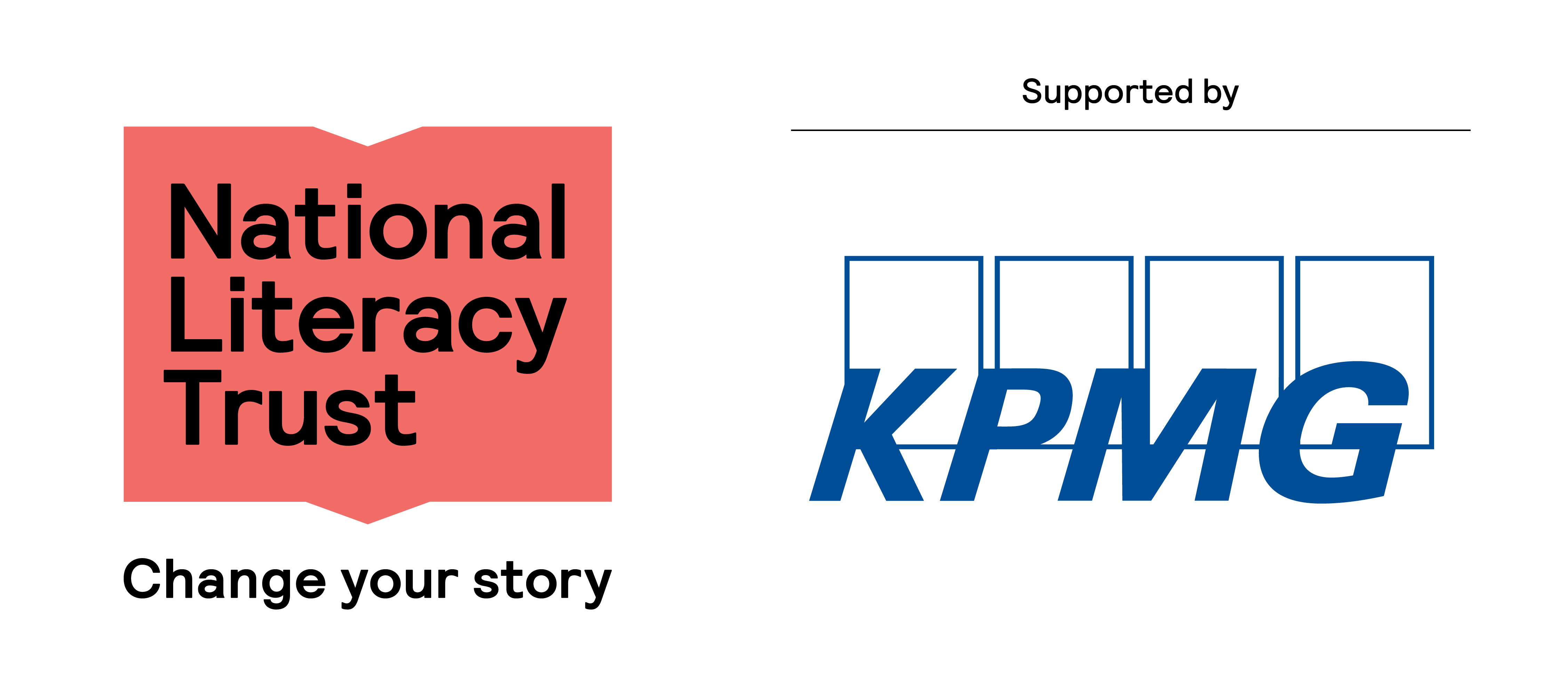
In 2025, we wanted to deepen our understanding of how generative AI tools might be beginning to influence what it means to be literate in the digital age.
These reports outline findings from questions relating to generative AI included in our 2025 Annual Literacy Surveys. Findings are based on data from more than 60,000 young people aged 13 to 18 who took part in our Annual Literacy Survey in early 2025, with a focus on the 32,757 young people who used generative AI, and a survey of 2,908 teachers from schools across the UK.
This research project was funded by KPMG.
Key findings
Young people’s use of generative AI
- In 2025, we saw some consolidation in the use of generative AI among young people aged 13 to 18. 2 in 3 (66.5%) reporting using it, a drop from 77.1% in 2024. However, more reported using it regularly (weekly or more often) compared with 2024 (45.6% vs 31.1%).
- The most popular uses of AI among young people who used it at least once a month were to ask questions (61.2%), for help with homework (60.9%) and for entertainment (52.8%).
- Many also used it to support aspects of writing, from improving vocabulary (39.5%) to more creative or interactive purposes, such as asking for feedback on writing (20.7%) or to turn ideas into a story (19.3%).
- More young people who enjoyed writing reported using AI to support almost all aspects of the writing process, suggesting keen writers used these tools to enrich a practice they already enjoyed. For example, twice as many used AI to help with story elements such as characters, plot and dialogue (26.6% vs 11.7%).
- At the same time, 1 in 5 (18.0%) young people who did not enjoy writing asked AI for feedback on their writing, indicating the potential of AI tools to support a broader range of learners.
- Fewer young people reported using generative AI to support reading, although this increased with age:
- A higher percentage of older (16 to 18) than younger teens (13 to 16) used AI to summarise texts (45.5% vs 31.5%) or to provide different interpretations of a text (19.1% vs 10.1%).
We were also interested in learning to what extent young people’s use of AI was critical or reflective:
- 1 in 2 (48.9%) young people told us that when they used AI, they usually added their own thoughts into the outputs, while 2 in 5 (42.8%) told us they checked outputs as they could be wrong. However, 1 in 4 (25.1%) admitted to ‘just copying’ AI outputs when using it for homework, and increase on 2024 (20.9%).
- More young people who enjoyed reading or writing added their own thoughts to AI outputs compared with those who did not (enjoyed reading: 59.9% vs 44.1%; enjoyed writing: 58.3% vs 46.1%). Conversely, more who didn’t enjoy these activities said that they copied AI responses, especially in relation to reading enjoyment (didn't enjoy reading: 28.6% vs did enjoy: 17.0%).
- 2 in 3 (65.5%) agreed with the statement: “Even when we have AI, it is important to learn how to write.” (8.2% disagreed, the remainder had no view or didn't know).
- While 1 in 2 (50.8%) felt AI helped them to learn or understand things when parents and teachers weren’t around, just 1 in 6 (15.5%) felt more independent when using AI for writing or reading, suggesting a greater sense of reliance when using it to support literacy.
Teachers’ use of generative AI
- The percentage of teachers who said they had used AI has almost doubled since 2023, rising from 3 in 10 (31.0%) to 3 in 5 (58.0%) in 2025.
- Of those using AI at least once a month, almost 3 in 5 (58.7%) said they had used it to create lesson resources, almost 1 in 2 (46.4%) to create quizzes or comprehension tests, more than 3 in 10 (31.4%) to summarise documents, and 1 in 5 (20.7%) to model writing styles for pupils.
As in previous years, teachers’ attitudes to their own, and pupils’, use of generative AI to support learning and literacy were mixed. For example:
- More than 2 in 5 (45.2%) teachers were concerned about their pupils using generative AI in 2025, an increase of an increase of 7.5 percentage points since 2023.
- More than half (51.4%) of teachers were concerned about the impact of AI on pupils' engagement with learning, while 2 in 3 (66.5%) believed that generative AI might decrease the perceived value of developing writing skills, and 1 in 2 (48.6%) thought that it might have a negative impact on the perceived value of developing reading skills.
- While 2 in 3 (65.2%) teachers agreed that AI could model good writing skills, 2 in 5 (43.1%) also felt it would have a negative impact on young people’s writing skills overall. By contrast, less than 3 in 10 teachers believed that AI could support pupils to read (29.4%) and write (28.1%) independently.
- Nearly 9 in 10 (86.2%) teachers agreed that students should be taught to engage critically with generative AI tools, and 3 in 5 (58.3%) felt that students who weren’t supported to use generative AI effectively would be at a disadvantage in the future workplace. At the same time, 2 in 3 (66.9%) teachers said they needed more training, support and resources to use generative AI effectively.
These findings demonstrate growing concerns around how generative AI is affecting how literacy skills are valued and enacted, with AI tools bringing issues around academic integrity, critical thinking and intrinsic motivation to learn to the fore. More thought must be given to how messages around the transformative power of generative AI can be tempered with evidence around how strong literacy skills remain essential to its effective and reflective use, and to emphasise the value of learning and exploring information critically for oneself.
Disclaimer: The views and opinions expressed herein are those of the National Literacy Trust and do not necessarily represent the views and opinions of KPMG.
